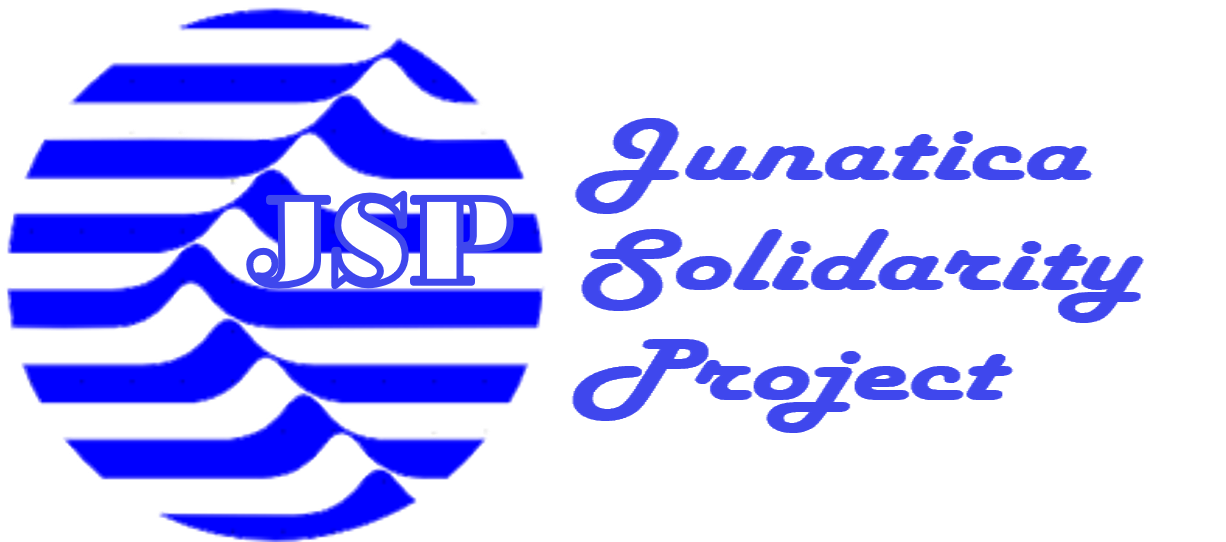Planning
This is a process of formulating specific procedures to achieve the objectives of a project or operation. Planning includes the following steps:
1. Goal setting: Set specific goals to achieve. Goals should be clear, measurable, and achievable.
2. Scope definition: Clearly define the scope of the project or work. This includes identifying both included and unincluded work.
3. Resource planning: Identify the resources you need (people, budget, equipment, etc.) and plan how you will allocate them.
4. Scheduling: Determine the order and timing of work and create a schedule. I often use tools such as Gantt charts and WBS to visualize.
5. Risk management: Identify potential risks and plan how to respond to them. Use a tool such as a risk matrix to prioritize risks.
6. Communication plan: Plan how and how often you will communicate with your stakeholders. Schedule regular reports and meetings.
7. Quality Management Plan: Set quality standards and plan specific steps to achieve them.
Execution
This is a process that builds on a plan and then moves the actual work forward. Execution includes the following steps:
1. Start work: Start work based on the plan. Assign specific tasks to each team member.
2. Progress management: Regularly monitor the progress of the work to make sure it is progressing according to plan. Share status through progress reports and progress meetings.
3. Change management: Evaluate any change requests to the plan and revise the plan as needed. Minimize the impact of change through a change management process.
4. Quality control: Monitor the quality of the work to ensure that it meets the quality standards. Conduct quality tests and reviews.
5. Communication: Maintain communication and share information with stakeholders. Share progress and challenges through regular meetings and reports.
6. Risk response: Implement planned risk countermeasures to minimize the impact of risks if they materialize.
7. Resource management: Manage resource usage and utilize it efficiently. If resources are scarce, additional resources will be arranged.
Planning and execution are complementary processes that, when done effectively, can help you achieve your project or operational goals and set you up for success.

